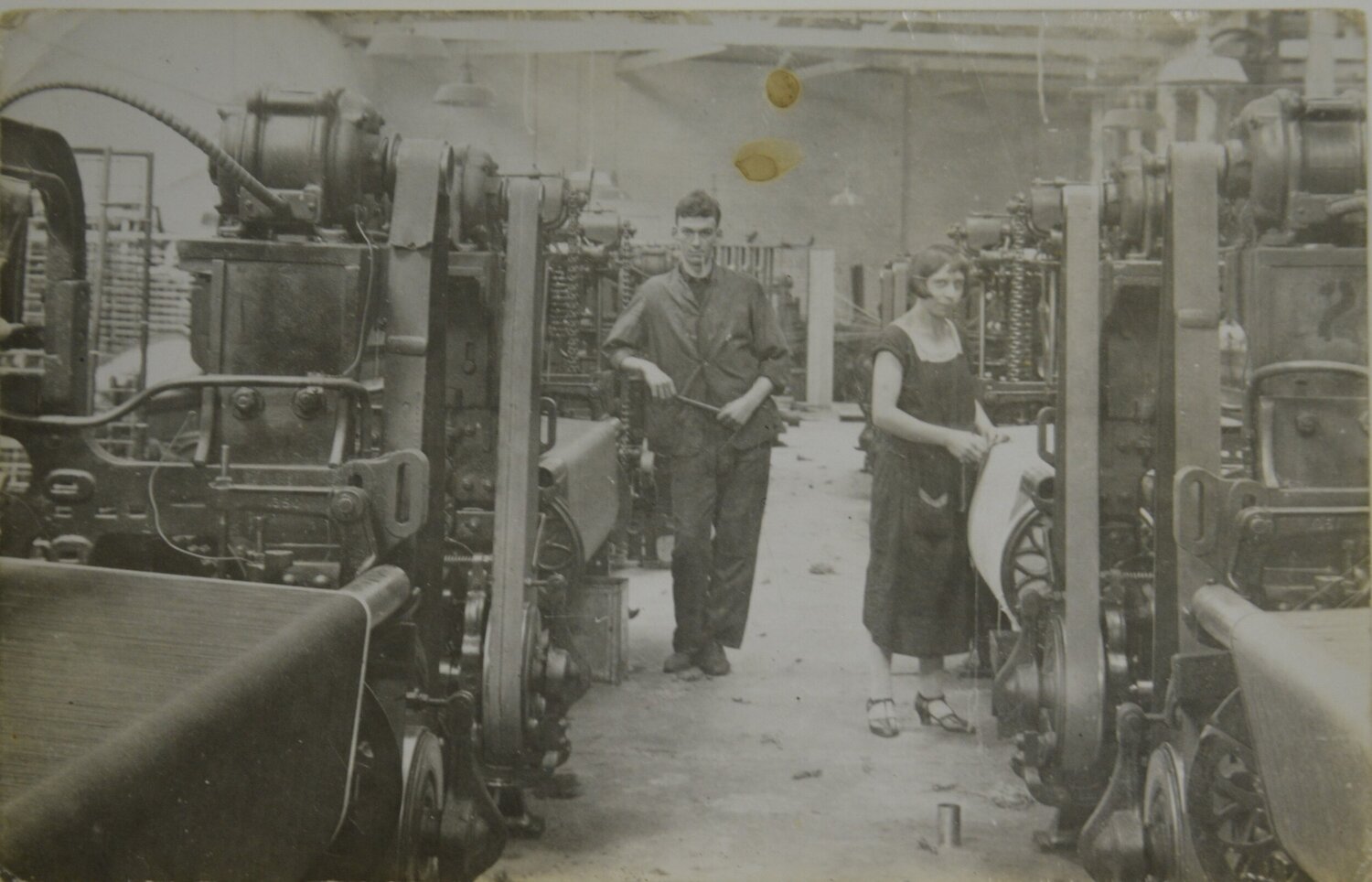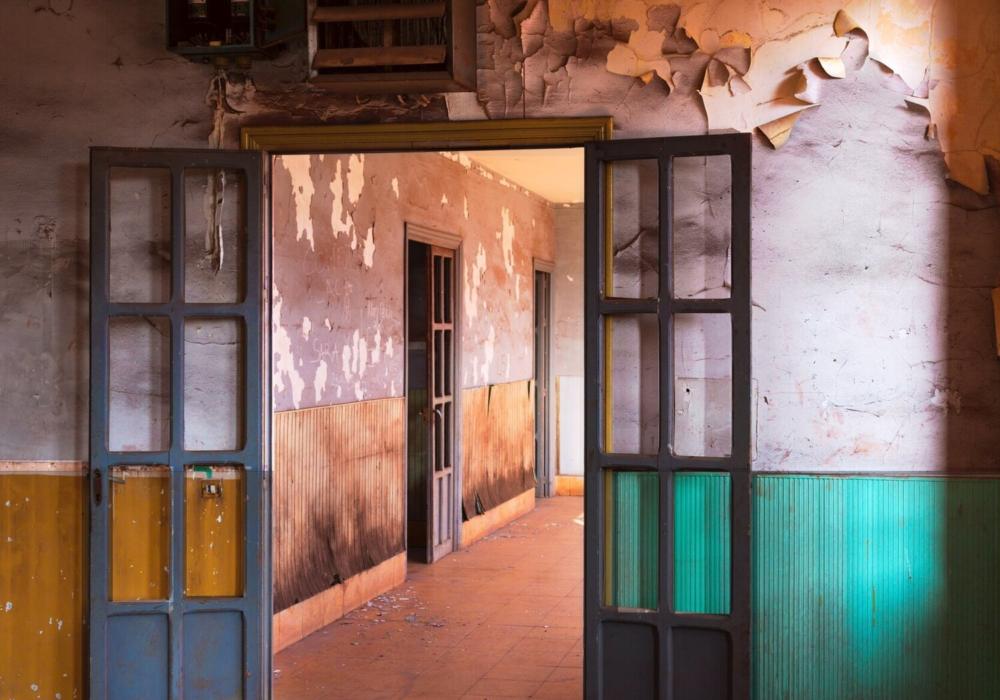What could possibly be that interesting about bricks and mortar that you would want to do research into a building’s history or a houses history? Well, that’s the thing, these buildings and houses – be they a family business or a home that generations of the same family have occupied – can be priceless. Don’t worry that the property prices are on the rise, there is no value that can be put on those bricks and mortar, walls and windows compared to the stories that are contained within them. So let’s dive into why you would want to do research into the history of a home or building.
IF THESE WALLS COULD TALK
If your walls could talk, what do you think they would say? Well, lucky for us, it is possible to extract some of the wonderful stories that built heritage has to tell us. (But, if your walls start talking, then maybe look into other things, such as better insulation).
Houses are places where people come together, they congregate to meet, celebrate, mourn and generally just live and even co-habit with others. Houses can hold a wealth of information. And, buildings such as places of business or worship can also encompass all of these things too.
Built history can help us learn more about the people who lived, loved, worked or worshipped in a place and help to solve mysteries. A building’s history can help us to tell not only a story about place but also our ancestors. This type of research can fit snuggly with genealogical and family history research. Why was my ancestor living there at the time? Who were they living with? And what sort of conditions were they in?
All of these questions can be answered and open up the realm of other possibilities when it comes to facts and information. The design of a house or building can help to tell us in what era something was built. The design of a house or building can explain what the space was used for. Maybe there was no indoor toilet or washing facilities. How would this have impacted a family with small children? Was a shared and accessible laneway connected to the house a hotbed of disease and illness? Would this have impacted a family’s health and explain the frequently revolving number of tenants?
Or maybe there are walls with several layers of paint or wallpaper. These can be like peeling back layers of time and history that displays the fashion of the day – and maybe the wealth of the occupants of the time.
If these walls could talk, what would they tell us about the history of a building?
Only this week we were trying to uncover some lost years of a client’s ancestors. They had arrived in Victoria from England where they spent a number of years before immigrating to New Zealand. Their lives in New Zealand had been well-documented, but there was a gaping hole of about 13 years where no one knew where they had been or what they had been doing.
The family can be traced living in the Collingwood and Abbotsford areas of inner Melbourne. At that time Collingwood and Abbotsford were well-established industrial areas, the home to factory workers, but also had a reputation for crime. John, the father and head of the family was a ‘hatter’ before they immigrated. The family can be seen to be living in a number of simple houses – mainly brick or wooden abodes on main thoroughfares throughout Abbotsford. The family moved a number of times. Each time within a few hundred metres of the house before it. The area in which they were moving was close to the Denton Hat Factory – the likely place of employment for John, and thus an explanation about what the family where doing during these ‘lost years’.
So, whilst this does not detail a history of a building, it does enmesh the history of a family with homes, dwellings and buildings in a place and time that helps to explain their lives at a given time. It can also lead onto researching more about the homes and places the family frequented. And, it can help to give context about what was happening locally and globally at any given time.
WHEN BUILT HERITAGE CAN PUT HISTORY INTO CONTEXT
Doing research into a building’s history can help to put history into context. We might be able to uncover what was happening in the local community at the time. It can also help to align our understanding about what was happening in the wider world during a certain period.
One way to help begin putting this history into context is by creating a timeline of everyone who has lived in a house. The same goes for a building that might have been the premises for a business – large or small, local or international – chronologically outlining who was operating out of a business or what they were producing.
This history can tell us more about the fabric of a suburb, how it developed and the people who lived and worked there.
Recently we undertook the huge task of researching and writing about the history of the Federal Woollen Mills in Geelong. Not only is it a remarkable building to look at, that has stood the test of time, but it has an equally fascinating story. It is not the ‘oldest’ building, but it has produced some wonderful stories that so strongly encompass the history of Geelong and Australian history. For instance, did you know that the land in which the Mills is built was hand-picked by Mr James Smail? He was an experienced Scottish mill manager who was brought over by the Commonwealth of Australia in 1912. He was tasked with finding the ‘perfect’ site for a woollen mill. He picked Geelong out of thirty-three potential sites because of a range of factors, including its proximity to natural water drainage, a good industrial population, principal wool markets and railway and shipping distribution centres.
Geelong, it is said is to have ‘rode to prosperity on a sheep’s back’. The wool market was already established in the growing town, and there were lots of experienced and able people ready to take on work in the wool trade. The building was built to purpose and soon enough, when war broke out, it was the Federal Woollen Mills (known as the Commonwealth Woollen Mills at the time) that had the task of manufacturing all of the army uniforms for soldiers. Not only that, but, naval and postal uniforms and uniforms for the Melbourne and Metropolitan Tramways Board and the Victorian Railways employees.
So, when we say that a building is just bricks and mortar, do we take into account the impact which that particular building may have had on a community, and indeed the world. That particular building helped to clothe the thousands of men and women who embarked on warfare over the other side of the world, as well as integral workers at home. It also assured the employment of locals and kept the economy ticking along at an incredibly uncertain time in our history.

Staff working at the Federal Woollen Mills in Geelong.
Image courtesy of the National Wool Museum and collection at Victorian Collections (W6749).
And, just like people, buildings adapt – as did the Mills. When the war was over and uniforms were no longer required for the troops, it continued to employee hundreds of men and women from around the region. It moved with the times, altering buildings and machinery as well as the products it turned out. Gone were the need for khaki uniforms, and here was the need for blankets, frocks, trousers, skirts and even the fireproof seat covers for Qantas airline seats.
Researching the history of a building and business can tell us stories of a time, a town and an industry that helped to mould both.
CURIOSITY – PLAIN AND SIMPLE
All of that sounds fab, but, why else would we do research on a history of a building or house if we don’t need to know?
Well, maybe you are not renovating your house and need to know what skirting boards were in the front room, or what door frames and sashes were on the original façade. But maybe you want to know. You want to get a feel for what has come before. Or, what a house or building may have looked like when it was developed. While researching your property will uncover hidden stories which could assist with planning permits and renovations that might not be the main reason to do it. Maybe it’s just because you want to impress your friends with this great story next time they’re over for dinner “good room”.
It’s not just about the age or the materials or the period architecture, but it’s the stories about the people who lived or worked there that are important and exciting.
While your house or building you are connected to might not be a ‘palace’ by conventional standards, it can be your ‘palace’, your safe place and your comfort, or the place you spend working hours in every day of the week.
Maybe now is the right time to find out about those ghosts that roam your halls or the wonderful, rich history about the building in which you do business in every day. You can get in touch here for an obligation-free quote or request a call back for us to chat more.
And just like all other historical research, when researching a building’s history there are so many facets and factors to it, but mostly though the key is patience.

